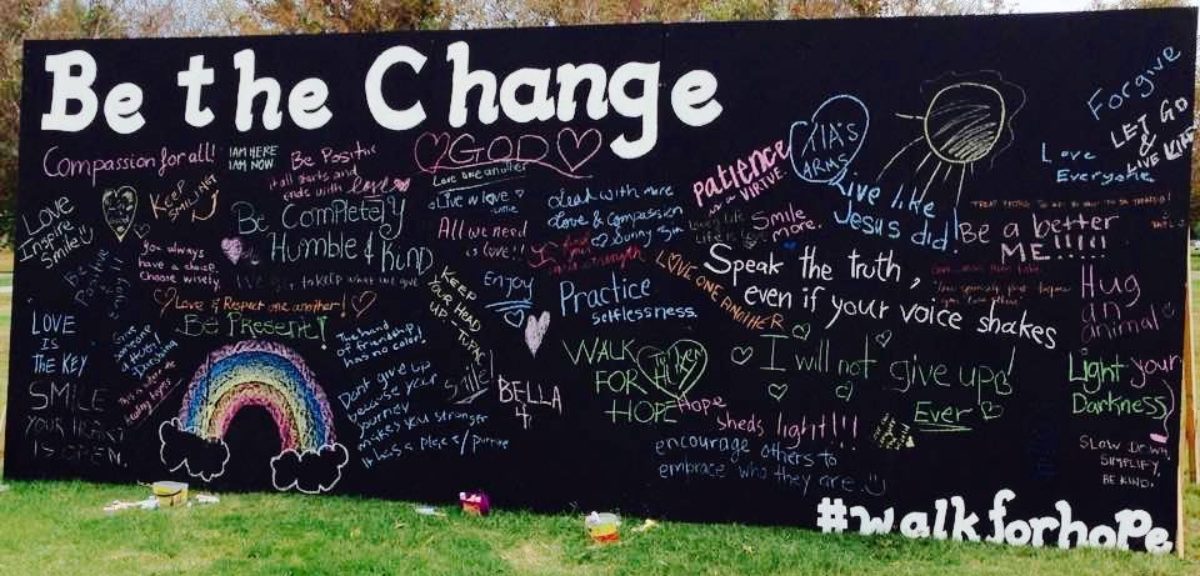NVC-What is it?
A few weeks ago folks from Be the Cause, South Asian Network, SAHARA, and Center for the Pacific Asian Family collaborated on facilitating a discussion on alternative ways of communicating with one another based on compassion and understanding, also known as nonviolent communication.
We were given this opportunity to dialogue among those who already practice giving of themselves, in a space where spiritual growth and understanding are nurtured. We were blessed to have been received with warmth & open-mindedness.
The workshop consisted of three groups, children, youth, and adults. The children created beautiful, colorful paintings after a discussion about managing our feelings in a healthy way. The kids were able to talk about anger, a natural feeling that can lead to unhealthy ways of coping, and what they choose to do instead to express themselves in healthier ways. The youth group consisted mostly of boys, with one girl. Again, the topic of anger was discussed, and how we see portrayals of anger management in the media and sports. The adult workshop varied in that we talked a lot about parenting, particularly respecting children’s individual identities, as well as interacting with co-workers and spouses in ways where everyone’s needs get met.
Nonviolent communication takes into consideration that we all come from a place of wanting to be heard and understood. Towards these efforts, we try to understand one another’s feelings and needs. When we begin to change our thinking and realize that every single one of us sets out everyday to fulfill a basic human need, we also change the way we view one another, and can begin to relate to each other on another level.
For me, this philosophy has been transforming. It definitely has been a work in progress. To know that we can communicate with one another through compassion, without judgement, has been a freeing experience. To incorporate these ideas and practice them has been challenging. Unfortunately, we are not raised to relate to one other with patience, spending more time than necessary in speaking with another to truly understand. However, this framework allows us a chance to connect in ways that most of us haven’t yet.
To learn more about nonviolent communication check out Marshall Rosenberg’s website at www.cnvc.org.
